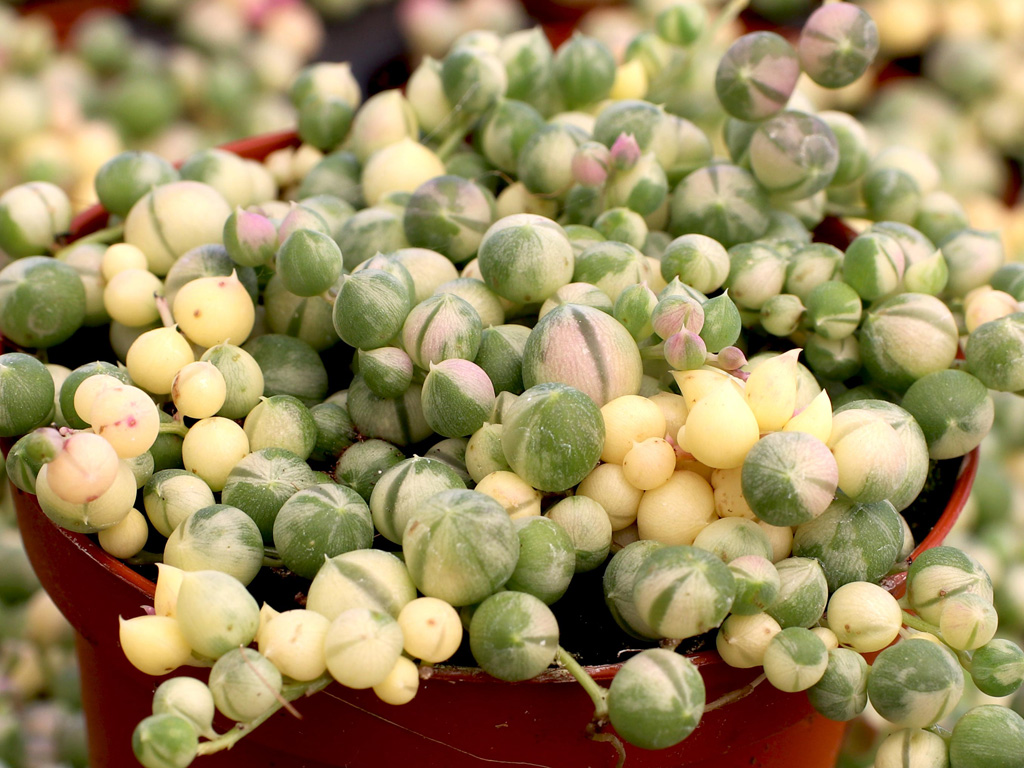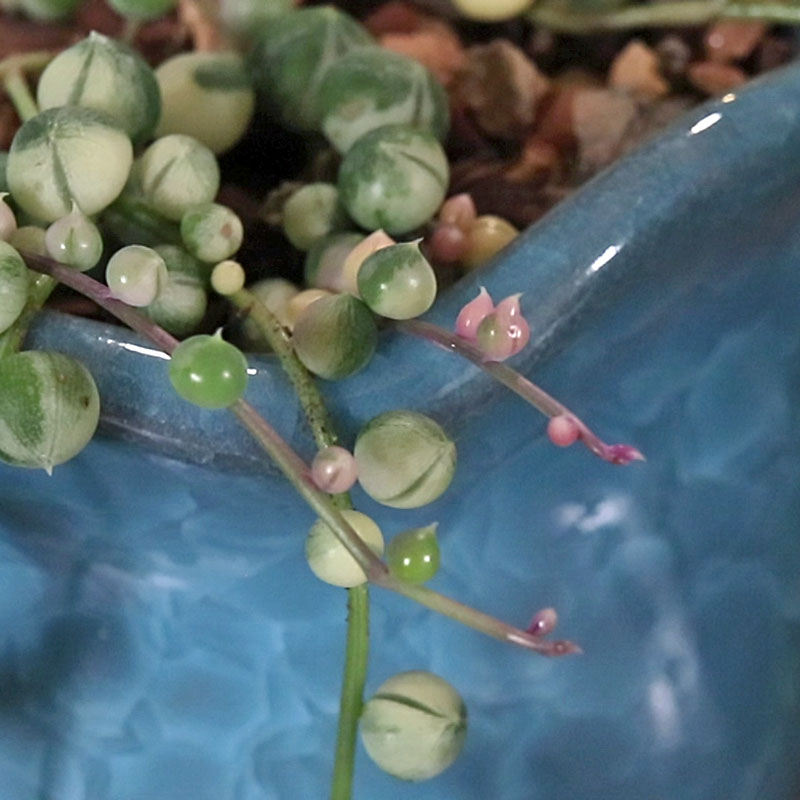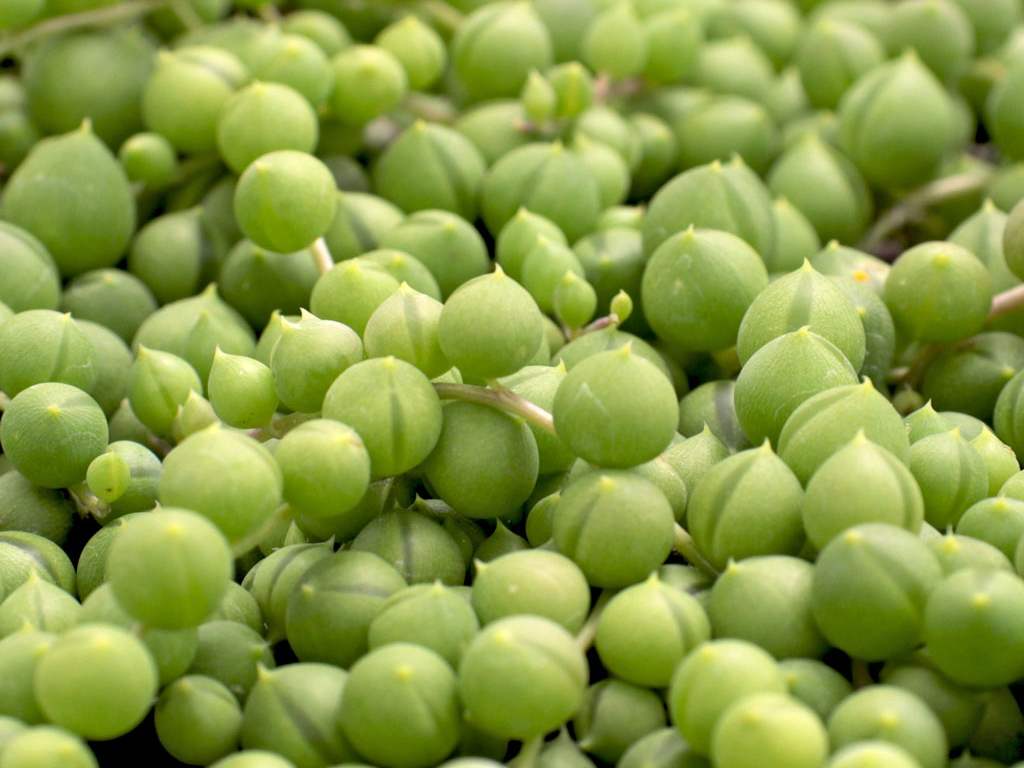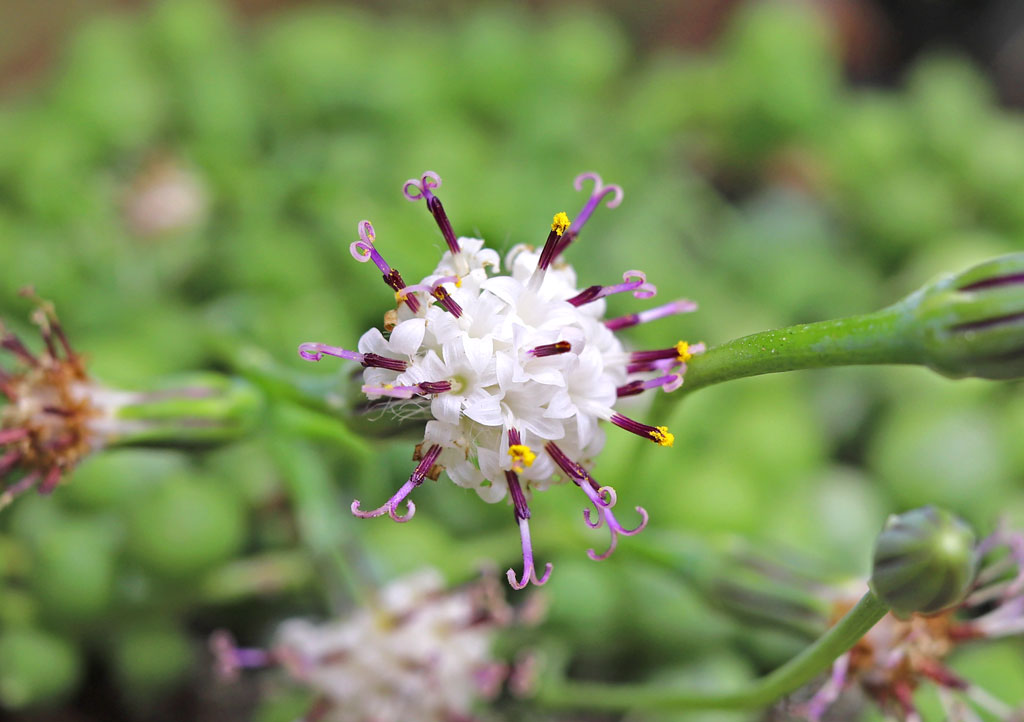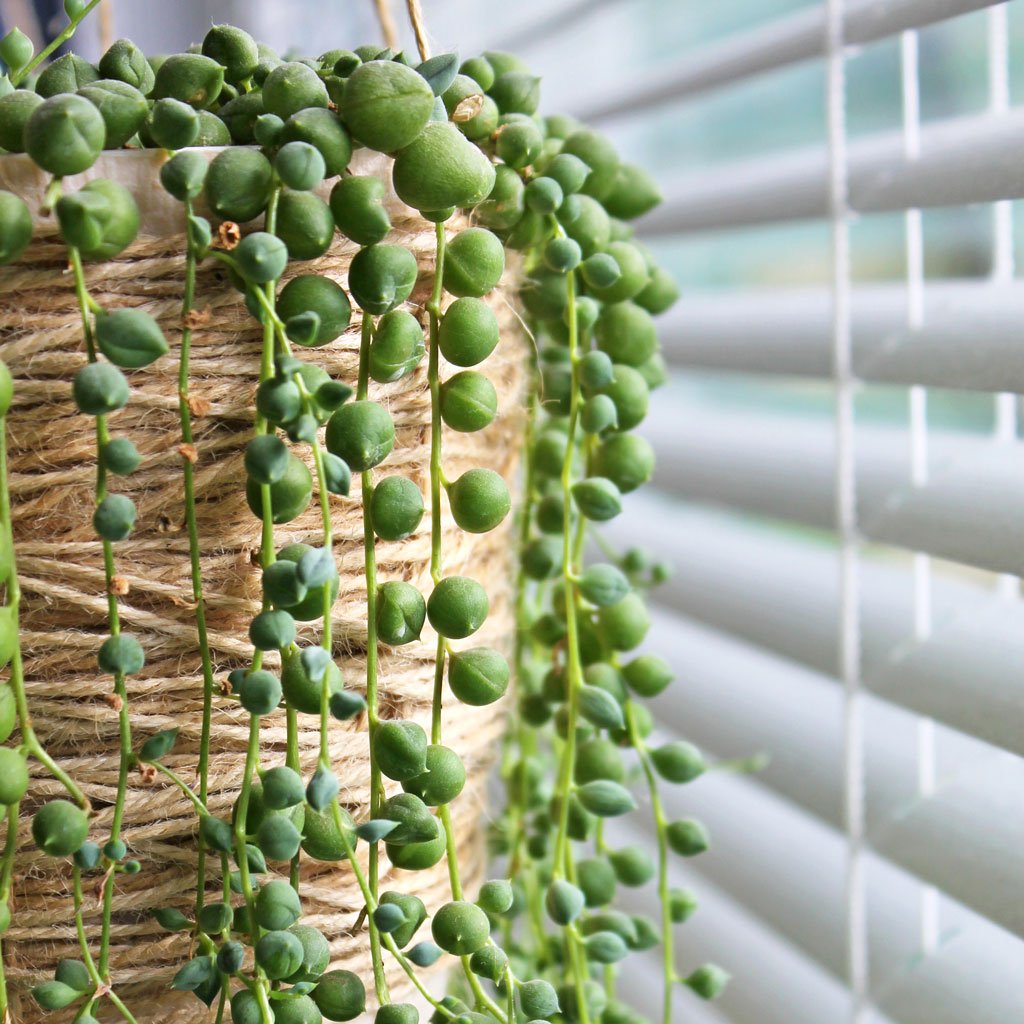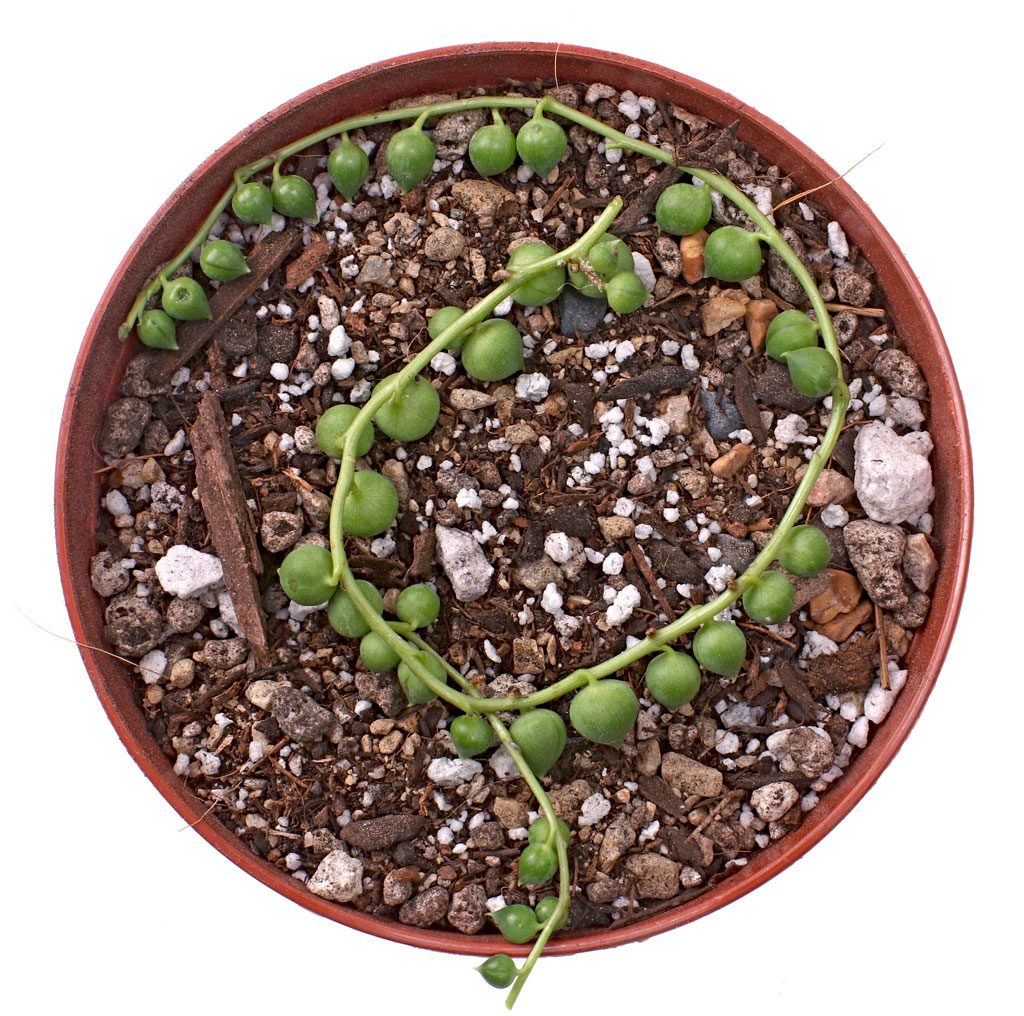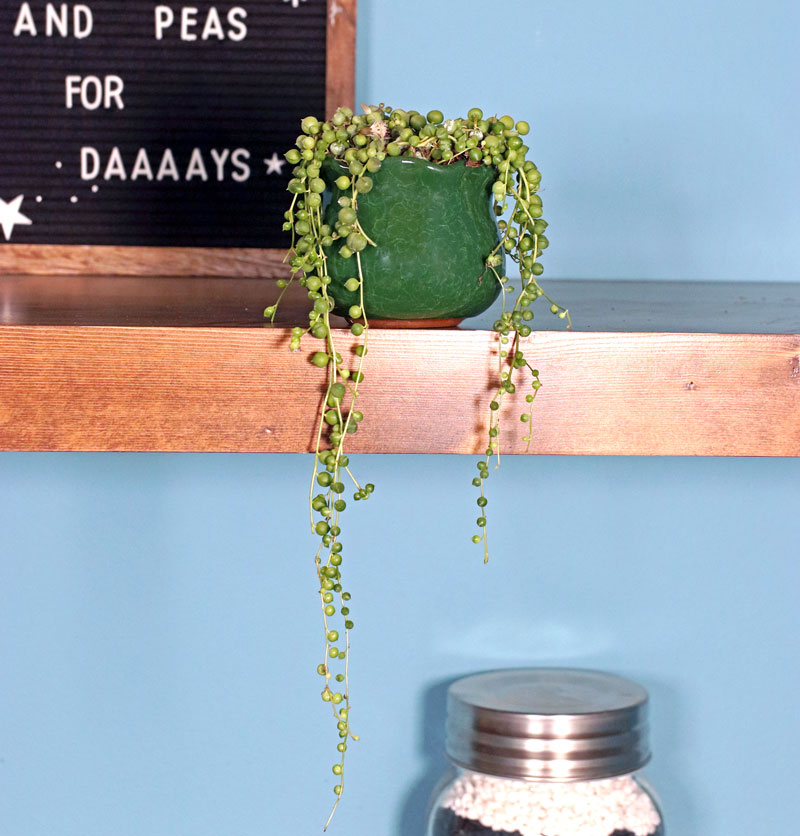senecio
How to Grow an Epic String of Pearls Plant
Want to grow a massive String of Pearls (Senecio rowleyanus) but struggled with watering, sparse growth, or dead stems? You're not alone! Despite how popular this succulent is, it can be a bit particular about its care. Read on or watch the video for a complete care guide to get dense, healthy growth from String of Pearls.
- Where to Buy String of Pearls
- How String of Pearls Grows
- How to Care for String of Pearls
- Other Names for String of Pearls
Where to Buy String of Pearls
To get a lush cascade of pearls, you need to start with a healthy plant. At Mountain Crest Gardens we grow String of Pearls year-round, so it's always available to ship.
There's also a variegated form of String of Pearls that has cream to pink striping. Gives you a good idea where the name "String of Pearls" comes from.
Or, you can ask for a cutting from a fellow succulent lover. Later in this post, you'll learn how to propagate that cutting into a rooted plant.
How String of Pearls Grows
To cultivate any plant, you need to understand how it grows in the wild. A strong grasp of its natural growing conditions will inform all your care decisions, from where to place the pot to how often to water.
GROWTH HABIT
Senecio rowleyanus is a naturally occurring species from South Africa. In its native habitat, it grows as a ground cover in rocky outcroppings. It creeps among the rocks with stems up to three feet long.
In cultivation, you most often see it as a trailing plant grown in hanging pots. The plant tends to be apple green, except for the creamy white variegated form. It can also develop a magenta blush in response to moderate stress from drought or direct sun.
FOLIAGE
The spherical, pea-shaped leaves actually help String of Pearls tolerate drought. A spherical shape minimizes the leaf's surface area to volume ratio. In other words, it minimizes the area exposed to drying forces like sun and wind, but allows the leaf to store a large volume of water.
Unfortunately, a small surface area also reduces a leaf's capacity to photosynthesize. But fear not! String of Pearls has an adaptation for that as well in the form of "leaf windows". The darker stripe running down each leaf is translucent tissue. It lets sunlight enter the leaf and irradiate the interior. This helps the plant get enough sunlight, even when it's partially shaded under a rock.
FLOWERS
String of Pearls is a member of the Asteraceae family, which includes plants like daisies and sunflowers. Like daisies and sunflowers, String of Pearls has composite flowers. Composites look like one big flower, but are actually composed of lots of tiny flowers.
These flowers somewhat resemble a pom-pom or the head of a paintbrush, with lots of dainty white petals curling outward. To top it all off, they have a subtle cinnamon or clove fragrance. The flowers eventually die and dry, at which point you can easily cut them off without harming the plant.
How to Care for String of Pearls
LIGHT NEEDS
Senecio rowleyanus needs lots of diffuse, filtered light. If outdoors, it can take partial sun or bright shade on hot afternoons. Indoors, hanging near a sunny window is often the best option.
Finding the right location for this plant can take a little troubleshooting and moving the pot around the house. Getting sparse, pale growth or stems that stretch upwards? Move the pot into brighter light (or keep the grow light on longer). Leaves looking dark, dry, and crispy? Move that plant into lower light.
This is a tender succulent, meaning it cannot tolerate frost. Many succulent growers keep it outdoors in summer and bring it inside before there is a chance of frost.
PROVIDE DRAINAGE
The flipside of great drought tolerance is a susceptibility to rot. Part of rot prevention comes down to using well-draining pots and soil. We always recommend planting succulents in pots with drainage holes. You'll also want to use a light, mineral soil like Bonsai Jack's Gritty Mix.
HOW OFTEN TO WATER
String of Pearls like more frequent watering than other succulents. As always, there's no one perfect answer to how often you should water. It varies a lot depending on your growing conditions. But the usual succulent watering strategy still stands. Drench the plant so that water is running out the drainage hole. Then leave it alone until the soil is completely dry again.
The great thing about String of Pearls is that it's easy to tell when it needs water. Once you see slightly wrinkled, deflated leaves, it's ready for a good soak.
HOW TO PROPAGATE & RE-POT
String of Pearls plants don't need frequent transplanting for two reasons: 1) they like having snug roots, and 2) they take well to regular pruning. To prune, cut back the longest strands and lay the cut end back in the pot. String of Pearls are fairly easy to propagate, as the whole length of stem has the ability to sprout new roots. We recommend spiraling the stem on top of damp soil and leaving a little tail trailing out of the pot.
Once you do need to re-pot, take your time and be patient. This plant tangles easily and detangling them can break off stem segments and leaves. Fortunately, anything that breaks is just more material for propagation!
COMMON PROBLEMS (& HOW TO FIX THEM!)
Pests
Pests and diseases can be a real concern with String of Pearls. The dense cascade of stems has lots of dark, humid microclimates where pests can hide and multiply. Sunshine, good airflow, and gritty soil are great ways to prevent issues, but you might still get a bug or two. Mealybugs are the most common culprit.
You can treat any infestation by spraying the whole plant with isopropyl alcohol. Spray thoroughly to get into all the nooks and crannies. Continue treating daily until the bugs are gone.
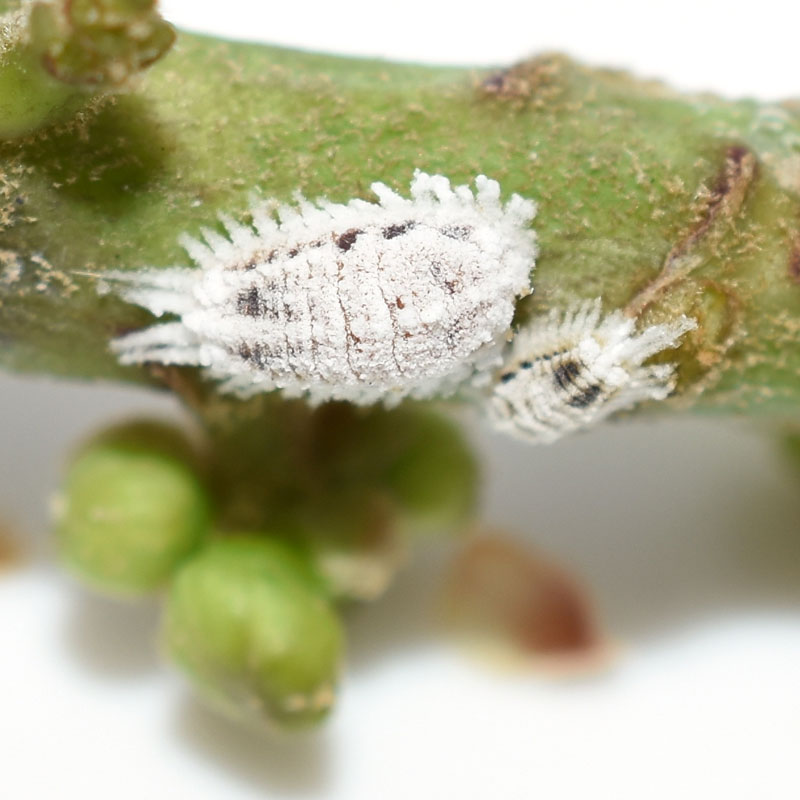
No Growth
A String of Pearls that looks healthy but puts on no new growth for months might be in need of nutrients. Senecio rowleyanus is not a heavy feeder, but a light application of fertilizer can encourage growth. We recommend Miracle Gro Quick Start, diluted with water to half strength. It's also a good idea to re-pot with fresh soil every 3-4 years.
Sparse Stems
The stems will cluster in the direction of their light source. Rotating a pot or rearranging the stems can help get even light exposure and even growth to the whole plant. Pots placed next to a window can struggle to get enough light right on top of the soil. An overhead grow light can help get light to the top of the pot. Check out our Guide to Succulent Grow Lights to learn which kind you need and how to use it.
Sticky Stems
Sticky stems can be a sign of pests, but if you check thoroughly and find nothing, you're in luck. Even healthy String of Pearls can have a bit of stickiness to their stems. It is possible this residue anchors them to rocks in the wild where wind and critters could dislodge them. But we'd love to hear your hypothesis on the sticky stems mystery!
Other Names for String of Pearls
Fun fact: String of Pearls' Latin name, Senecio rowleyanus, refers to the renowned succulent botanist Gordon Rowley. You may also see it referred to as Curio rowleyanus, depending on which botanist you ask. Additionally, it gets many common names, including String of Beads and Green Peas. The main common name, String of Pearls, originally just referred to the white, variegated form.
Can't get enough string succulents? There are lots more String of "Something" plants, including:

 Play Video
Play Video

